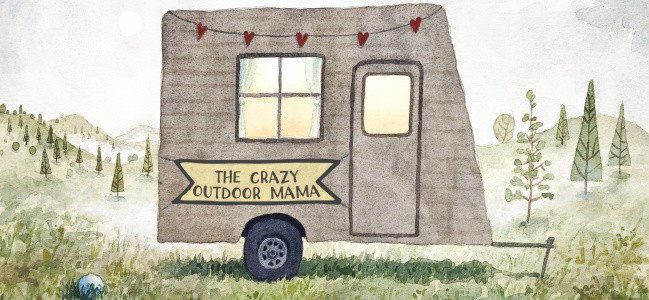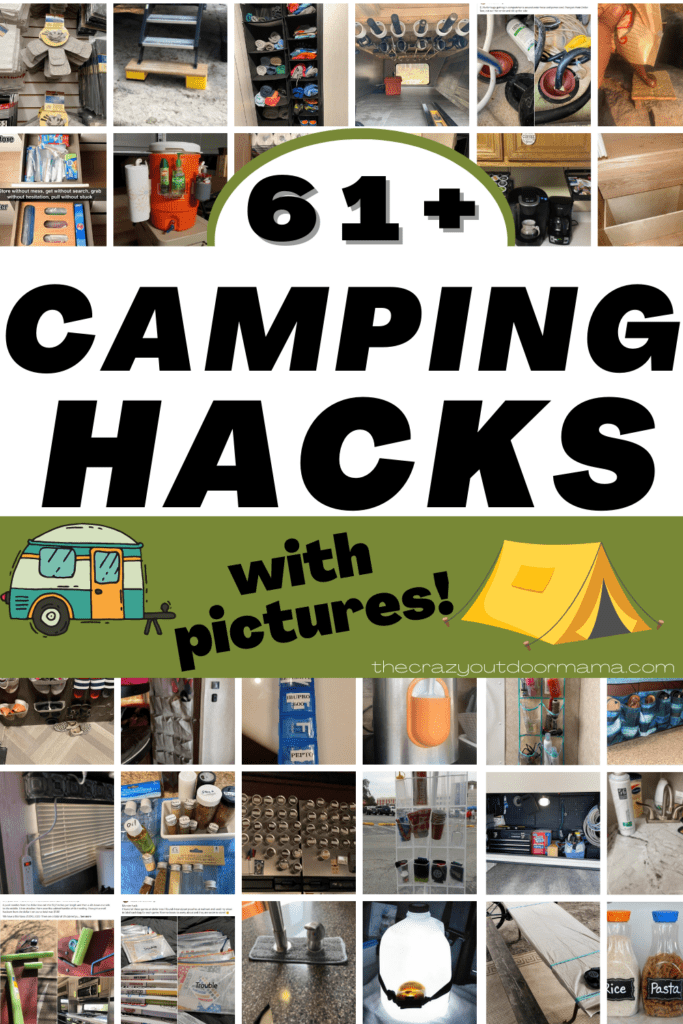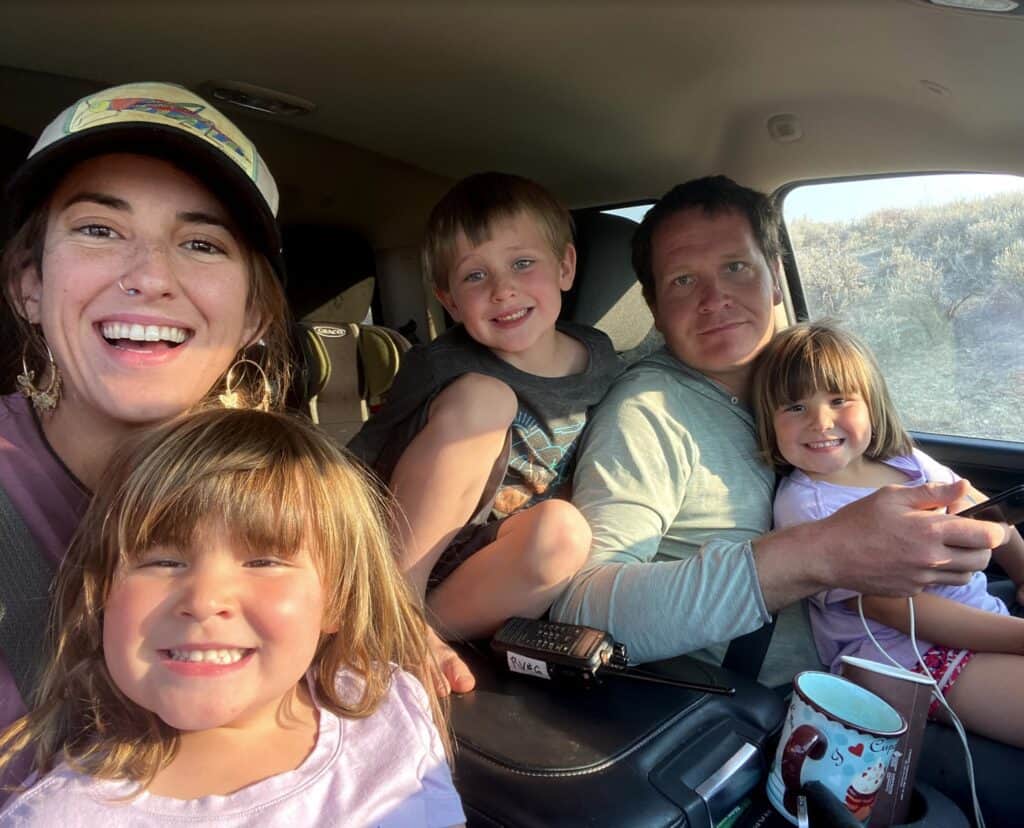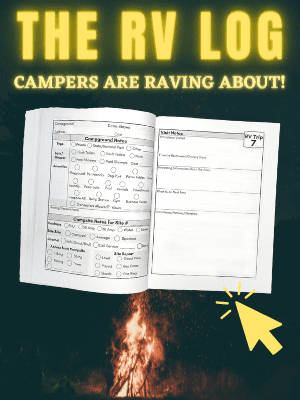Kayak camping is loads of fun… as long as you stay safe.
A relaxing weekend trip on the waterways can go downhill fast. All it takes is one bad decision, a forgotten safety essential, and an unexpected thunderstorm to turn a kayaking trip into your personal reenactment of the old movie “River of No Return”. You don’t want that!
So whether you’re preparing for your first kayak camping trip or you’re an old pro, you need to follow these kayak camping safety tips.
So take 5 minutes and review these safety tips so you can stay safe and have fun on your next kayaking trip!
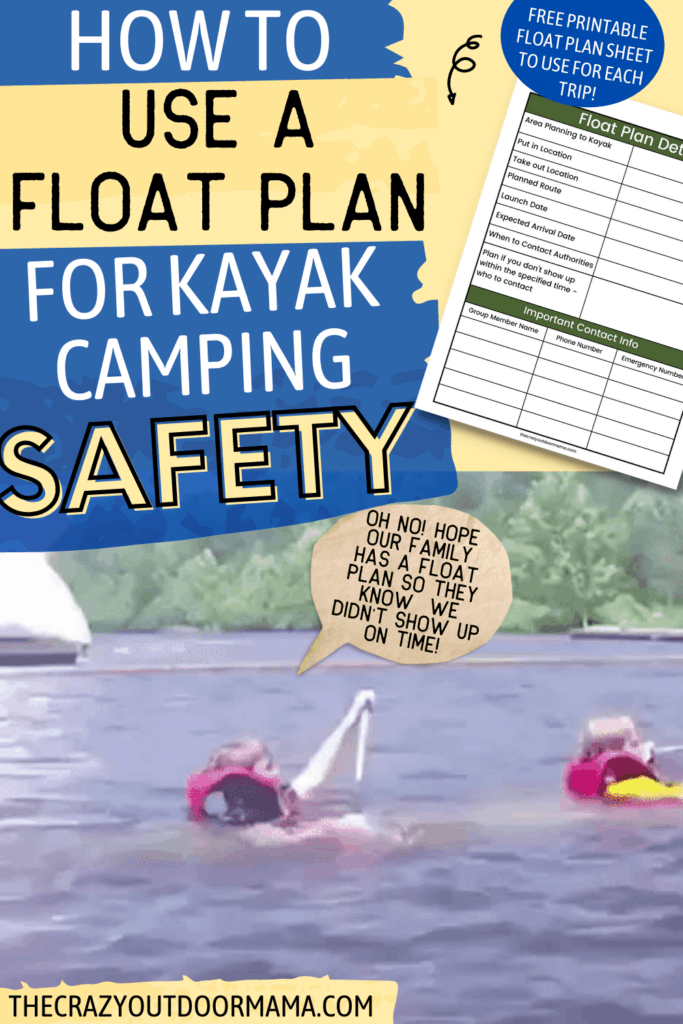
Table of Contents
7 Ways You Can Stay Safe While Kayak Camping
Have a Float Plan
I put this at the top because this is probably the most important thing you’ll do to stay safe while kayak camping (especially if you go by yourself). ALWAYS leave a float plan with someone before heading out on your kayak camping trip. It doesn’t have to be some massive 10-page document that’s printed, laminated, and signed in triplicate. 🤣😜
For shorter trips, a float plan could be as simple as a note that includes some essential details about your trip. Here are some things you should include even for a short overnight kayaking trip.
*If you don’t want to forget anything on your float plan, just download my handy-dandy float plan printable.
Where? – Where will you be kayaking? Where are your put-in and take-out locations? What is the planned route you’re going to take?
Who? – Include the names of everyone in the group along with their contact info.
When? – When do you plan to launch? When do you expect to arrive? How long should the person wait to contact the authorities?
*That last question is especially important. You probably don’t want your contact person to start calling the police or park rangers just because you got back a half-hour later than you said you would.
What? – What should your contact person do if you don’t show up within the specified period of time? Who should they contact?
What to do with your float plan: You should keep copies of your float plan in three places.
- Give one to your contact person
- Keep one in your vehicle
- Keep one in your kayak (preferable in a small dry bag with other essentials)
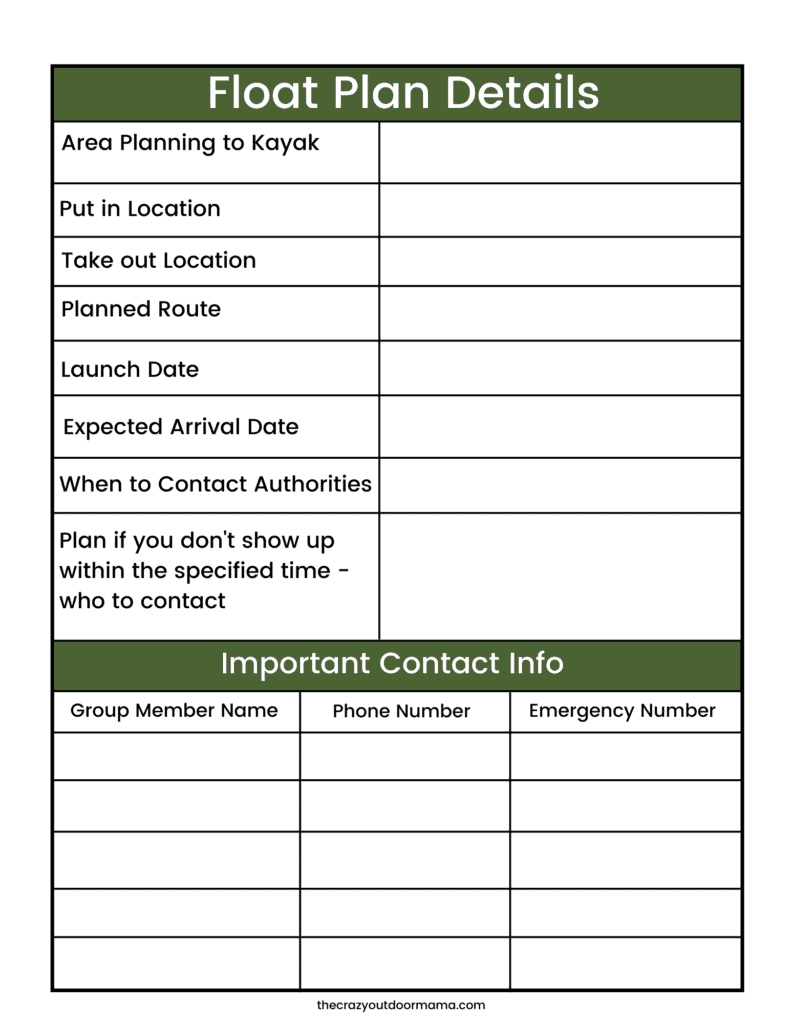
Plan Ahead
Proper planning is super important for staying safe while kayak camping. Creating a float plan is part of the planning process. What else should you keep in mind?
Plan for Good Weather: A bad rainstorm while hiking or car camping can make you wet and uncomfortable. But a bad rainstorm while kayaking can quickly lead to flash floods, rough water, swelled waterways, and just downright dangerous conditions. So try your best to plan your kayak camping trip during good weather.
And be sure to check weather updates even the day you leave for your trip to make sure nothing has changed.
Plan a trip within your capabilities: If you’ve already read my Ultimate Guide to Your First Kayak Camping Trip, you already know how it’s best to ease into your first few trips.
- Stay on small bodies of calm water.
- Plan on kayaking 10 miles or less per full day of paddling.
- Stay close to shore.
Pack the right stuff and the right amount of it: More on that later.
Research local hazards: Especially if it’s your first time kayaking in an area, check for local hazards that could make your trip harder or more dangerous (rapids, currents, weather patterns).
Don’t Go Alone
I know… sometimes you just need some time alone on the open water, right? It’s super relaxing to feel the gentle rocking of your kayak and the light splashing of water as you paddle toward your destination.
If you do plan on going kayaking alone, be extra super careful with the rest of your planning since you won’t be able to rely on anyone else for help if something happens.
The better option is to go with a buddy or a group of friends. Try to stay within earshot of each other and be ready to help if someone needs it.
Don’t Pack Too Much
I know it’s hard to live without your microwaved Hot Pockets and instant espresso machine, but it’s easier to stay safe if you don’t overpack your kayak. A kayak that’s weighted down will be harder to control and easier to tip.
So before you go loading everything up, lay out all your gear and divide it up into absolute essentials, general needs, and comfort items. This will give you some perspective as you’re doing a test packing run with your kayak. (More on that later.)
If you’re going in a group, work together to plan what you’ll pack. If Billy is bringing is 4-person tent, then you might not have to pack a tent. Woohoo!! Space for your mini espresso maker!!!
Pack Essential Safety Gear
As you’re laying out your absolute essential gear, here’s some safety gear you NEED to include. Don’t go kayak camping without it.
ESSENTIAL Safety Gear:
- First aid kit – This could be a ready-made first aid kit or one you put together yourself.
- PFD (Personal Flotation Device) – Find a life vest that is comfortable to wear all day.
- Whistle
- Spare Paddle – You don’t want to literally find yourself up the creek without a paddle. Bring along a spare. It doesn’t have to be a full-size paddle. A telescoping spare paddle like the Better Boat Mini Paddle works just fine. And if you’re kayaking in a group, you probably can get by with just one or two spare paddles. (It’s unlikely everyone in the group will lose their paddles. If that happens, you should probably find a new group to kayak with. LOL!)
- Repair Kit – Sure Bear Grylls could probably repair a kayak with some tree sap and bear scat, but it’s best to bring a small kayak repair kit like these.
- Rope – You never know when someone will need a tow.
- Fire Starter – In addition to your normal lighter or matches you’ll pack in your camp kitchen set, it’s always good to have a backup way to make fire – waterproof matches or flint and steel.
- Duct Tape – Really, I mean like… we should all be carrying some of this at all times – in the glove box, your cargo pants, purse, etc.)
- Basic folding knife
Other safety gear that’s good to bring along if you can:
- Multi-Tool
- Compass/Map
- Handheld, Rugged GPS
- Emergency Flares
- Paddle Float
- Spare Flashlight or Headlamp – A headlamp is best, especially if you need to safely paddle at night.
- Bilge Pump – Essential for removing water from your boat after capsizing or if there’s a small leak.
- Emergency layers and/or emergency blanket for cold weather
Pack You Kayak Properly
A well-packed kayak will be a lot safer. With proper weight distribution, it’ll be easier to control and much more stable in the water. That’s why it’s best to pack the heaviest camping gear items toward the bottom and center of your kayak.
It’s also important to test how you’re going to pack your kayak before you even get close to the water. So a few days before your camping trip, lay out all your gear and practice how you’re going to fit it in or strap it onto your kayak.
For more tips on how to expertly pack your kayak don’t miss my article How to Pack Your Kayak for a Camping Trip.
Follow Camping Safety Best Practices
Since canoe and kayak camping is similar to other types of camping – especially backpacking – regarding what you’ll pack and how you’ll set up camp, it’s best to follow backpacking safety best practices.
Things like…
- Make sure you have plenty of water that’s safe to drink. This could mean simply packing enough water or bringing along a water filter.
- Stay safe from dangerous animals. Know what wildlife is in the area and learn how to stay safe. Bring along bear canisters if necessary.
- Pack the right clothes for the weather.
- Make sure you have a warm enough sleeping bag and sleeping pad.
- If you’re kayaking in hot weather, stay hydrated, protected from the sun, and watch out for signs of heatstroke.
- Be ready to turn back if you sense you’re getting into a dangerous situation.
- Pack essential items in waterproof dry bags
Stay Safe & Have Fun!
Planning to stay safe while on an overnight kayaking trip can take some extra time and effort, but it’s sooooo worth it! So don’t forget to get your float plan printable and use it as you plan your next kayaking trip. And don’t forget to follow the other tips and advice for kayaking safely.
To help with planning, don’t miss my other kayak camping articles!
- THE ULTIMATE GUIDE TO YOUR FIRST KAYAK CAMPING TRIP (+PACKING LIST)
- CAMP COOKING FOR KAYAKERS | YOUR KAYAK CAMPING KITCHEN GUIDE
- KAYAK CAMPING DESTINATIONS – 5 OF THE BEST PLACES FOR YOUR FIRST OVERNIGHT KAYAK TRIP
- HOW TO PACK YOUR KAYAK FOR A CAMPING TRIP – COMPLETE GUIDE + BONUS PACKING LIST
- 8 BEST KAYAKS FOR YOUR FIRST KAYAK CAMPING TRIP – COMPLETE GUIDE
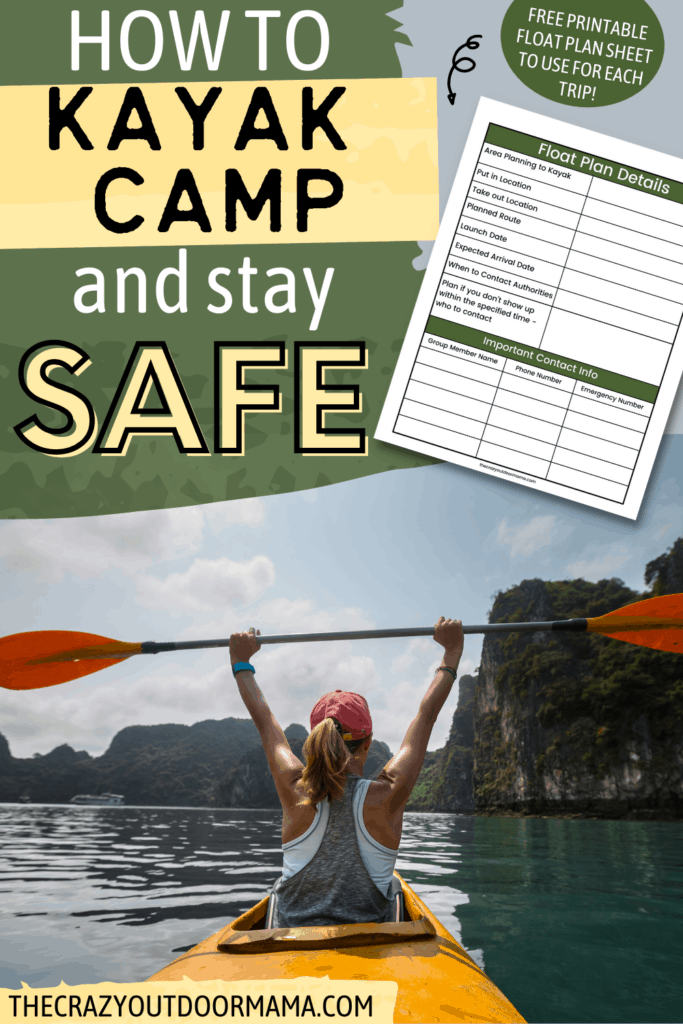
- 4H Archery Worksheets for Kids – Parts of a Compound Bow + More! - June 30, 2024
- 4H Archery Project Idea + Fun Archery Practice Ideas! - June 30, 2024
- DIY Nerf Orc Targets – Perfect for a Nerf Themed Party! - June 15, 2024
